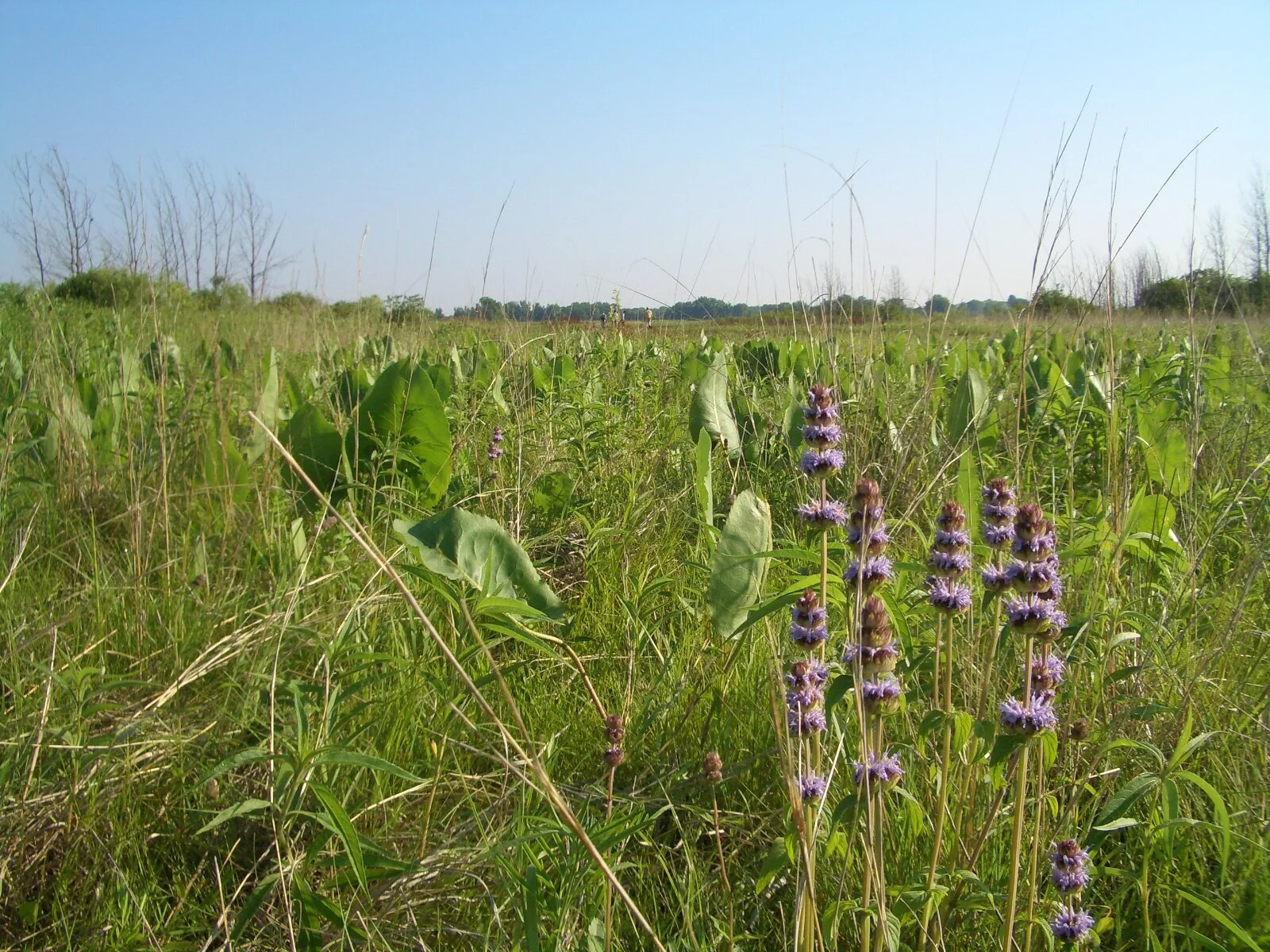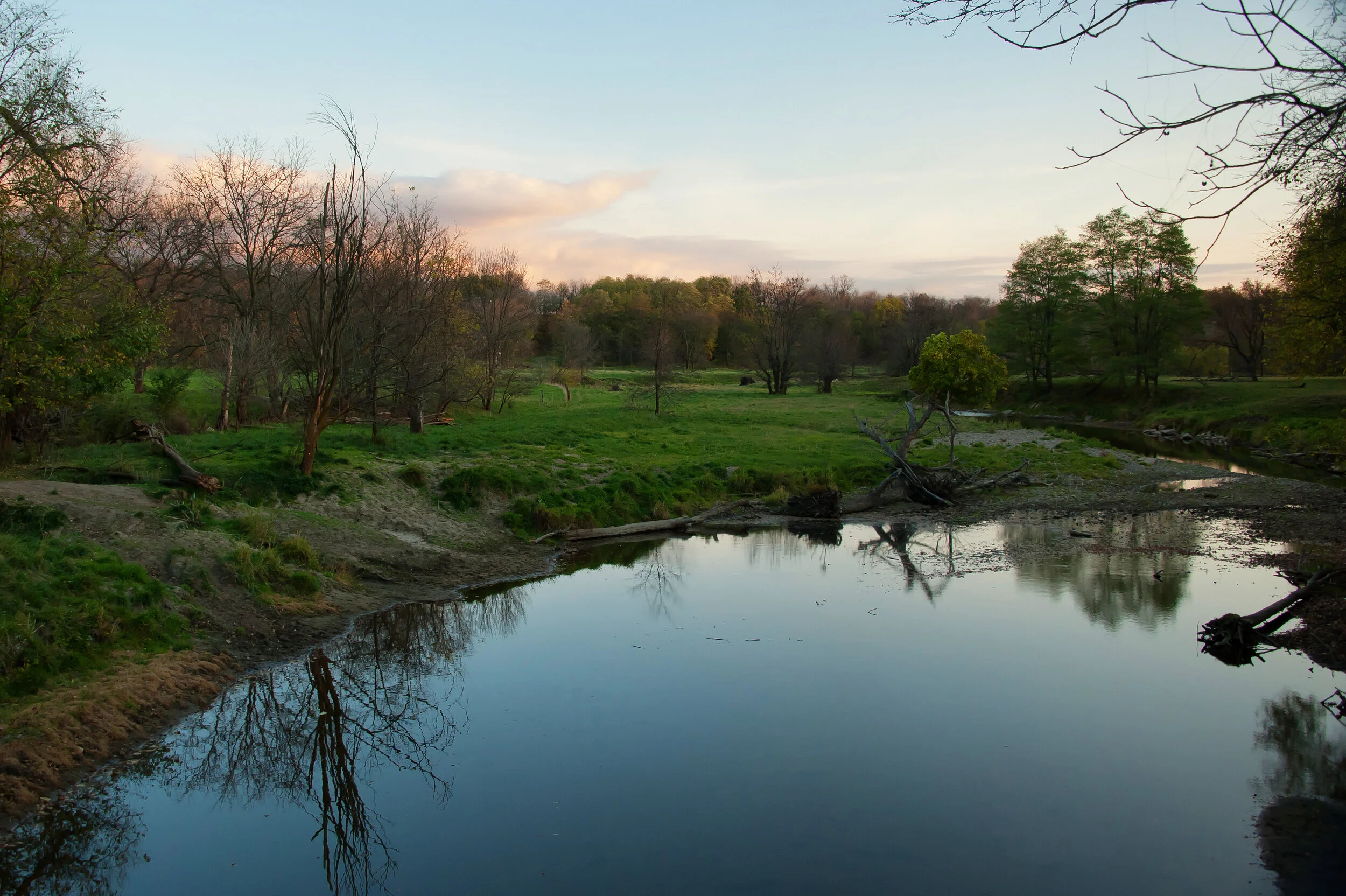Although any birder reading this already knew, I was surprised by the Wisconsin State Journal coverage of a Black-throated Gray Warbler appearing in Madison. Birders are flocking to see this western species that almost never shows up here. A bonus is the bird is as beautiful as it is rare as you can see from the photo.
Photo by Aaron Maizlish





